Ever seen those funny-looking curl bars at the gym?
Besides appearing as though they’ve been bent out of shape, their main purpose is to help gym-goers perform cambered bar curls.
If you’re looking to build big biceps and work those arms, here’s a quick guide to implementing cambered bar curls into your following workout routine.
As a personal fitness coach, I have based these exercises on extensive research and experience.
Quick Summary
- To perform cambered bar curls, place your hands adjacent to the center of the bar, firmly have a good grip on your bar, and start working out.
- A cambered bar is bent in certain areas to create angles when working out.
- The advantage of cambered bar curls is that they are less stressful to the body, and it improves grip strength.
- In my experience as a personal trainer, cambered bar curls relieve tension on the lifter's joints and wrists.
What Is A Cambered Bar?
A cambered bar - also known as an EZ bar -- bends at certain areas to create angles, compared to traditional weightlifting bars that are straight in design.
These angles make it easier for weightlifters to hold the bar when performing exercises.
What Are Cambered Bar Curls?
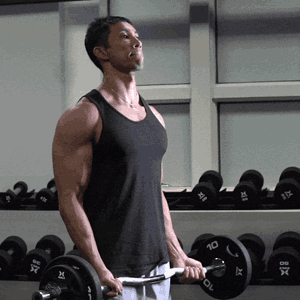
Cambered bar curls are nearly identical to regular bicep curls. The difference is that instead of using a traditional straight bar, the curls are performed with a cambered bar.
Besides being easier to grip, this type of bar forces the individual to bend their wrists toward one another.
Additionally, this degree angle helps people target the biceps when performing curls for maximum fatigue and maximum results. This is backed by research from MIT on training biceps to failure [1].
When using both hands to perform curls, your arms get locked into a certain position.
This forces you to have perfect form while doing curls, and ensures your form doesn't get sloppy once fatigue sets in.
No pain, no gain.
How To Perform Cambered Bar Curls

Here’s a step-by-step guide on how to do it:
- Step 1: Place your hands just adjacent to the center of the bar.
- Step 2: Make sure you’ve got a good firm grip.
- Step 3: Get your pump on!
We’re pretty confident that once you’ve tried cambered bar curls, you won’t want to go back to regular bar curls anymore.
The Difference Between Cambered And Straight Bar Curls
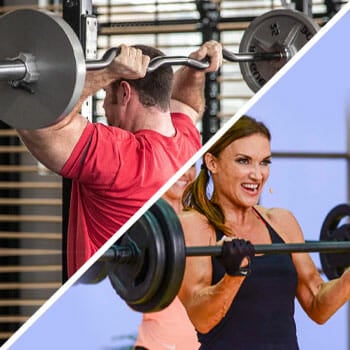
Due to the unique design of a cambered bar, it eases the amount of stress that is applied to the lifter’s joints and wrists.
By creating a small bend in the bar, it specifically targets certain muscles and makes it easier to grasp.
Comparatively, a straight bar places much of its weight on the individual’s forearms, shoulders, and back. This can lead to complications such as elbow pain or wrist strain.
As a result, other muscle groups become involved when performing straight bar curls, which is the opposite of what you should be aiming for.
Close Vs. Wide Grip

For those who are unaware, your bicep is made up of two sections - the inner head (closest to your body) and the outer head (farthest).
Wide-grip cambered bar curls are great for building the inside of your bicep head.
This is the part you’ll most likely notice when you’re flexing in a mirror to see just how well you’ve been making progress.
On the other hand, close-grip cambered bar curls focus on the outside head of your biceps, which is what everyone else sees.
That means when you’re strutting around on the beach, you’ll have looks of admiration from everyone who recognizes your hard work and commitment.
So, which grip should you use?
If we’re being completely honest, the number one reason you probably lift is because you want BIG arms.
As a result, lifting with a close grip is the better choice. Doing so builds the outer muscles of the bicep and makes your progress much easier to notice.
After all, there’s no shame in proudly showing off what you’ve worked hard to attain.
Injury Prevention and Rehabilitation
Cambered bar curls are beneficial for injury prevention and rehabilitation, particularly for those with wrist or elbow concerns.
The bar's unique design reduces strain on these joints by allowing a more natural grip angle. This ergonomic position minimizes stress during curls, making it an ideal exercise for individuals recovering from upper limb injuries.
To safely incorporate cambered bar curls, start with lighter weights and focus on maintaining proper form.
Gradual progression and consistent form checks are crucial to ensure a safe and effective rehabilitation process.
FAQs
Why Is a Curl Bar Curved?
A curl bar or EZ bar’s distinct curve allows it to relieve tension on the lifter’s joints and wrists. The shape also takes stress off the back muscles and focuses the weight onto the biceps.
What Are the Benefits of a Curl Bar?
The benefits of a curl bar include better form, less stress on your body, and improves grip strength.
How Is a Curl Bar Different From a Straight Bar?
The difference between a curl bar and a straight bar is that the former bends at a certain degree angle which makes it easier to grip. Comparatively, a straight bar puts unnecessary stress on your wrists and joints, making it less efficient in terms of building muscle when compared to a curl bar.
What Muscles Does a Curl Bar Work?
A curl bar primarily works the bicep, as well as the shoulder and forearm to a lesser degree.
Resources:
- https://dspace.mit.edu/bitstream/handle/1721.1/40936/212409496-MIT.pdf;sequence=2
About The Author
You May Also Like
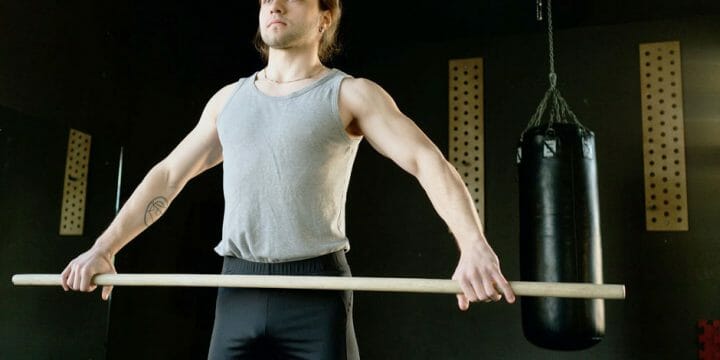

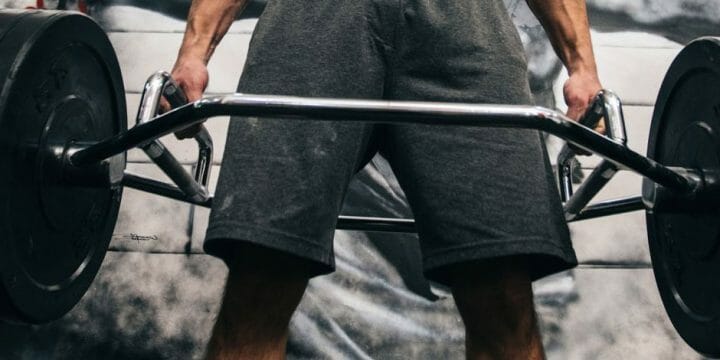
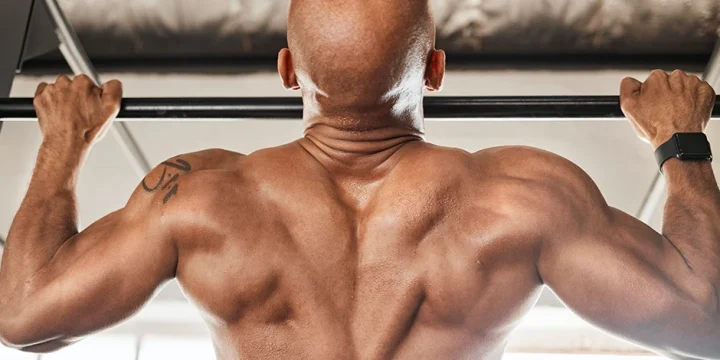

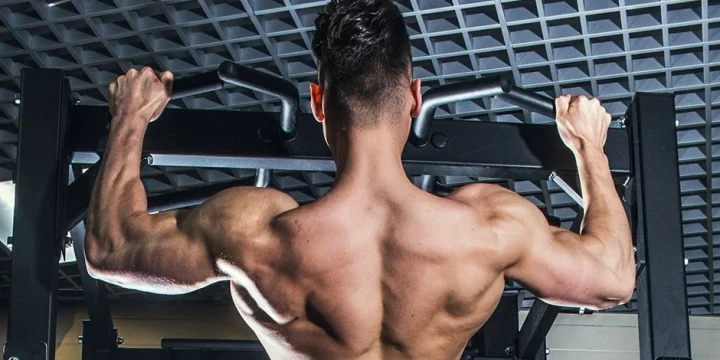

What’s the main difference between a curved barbell vs a straight barbell?